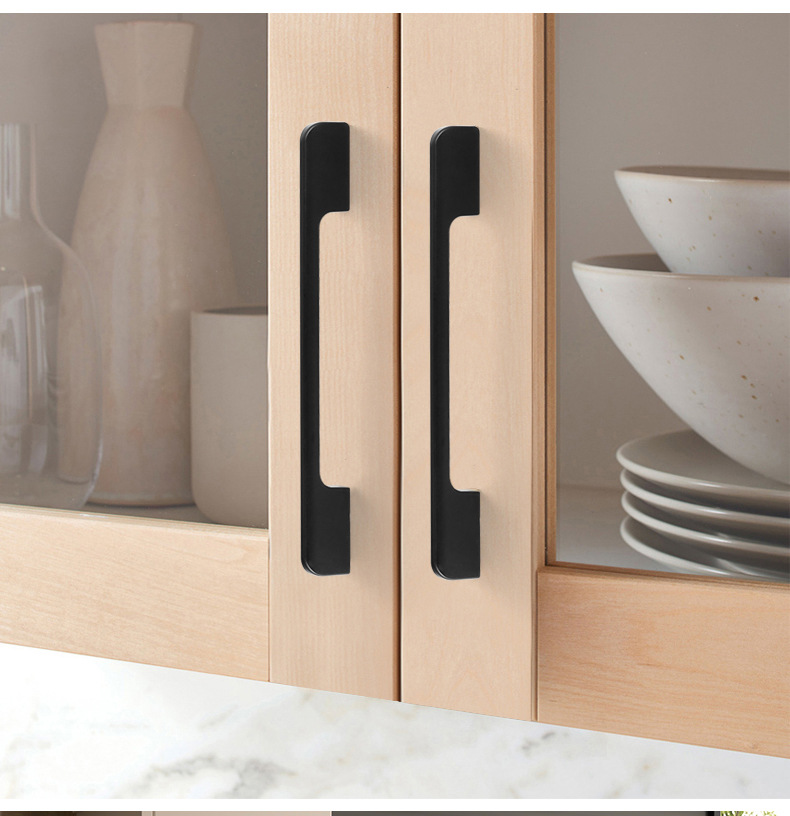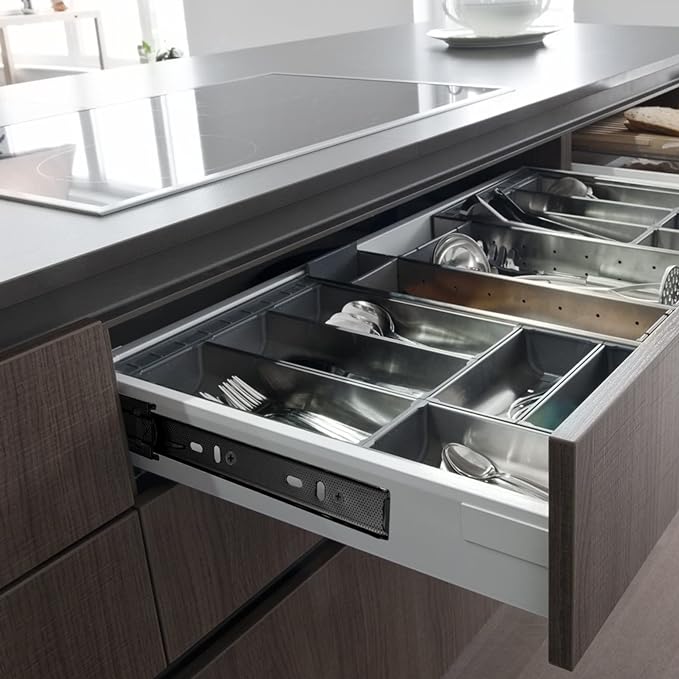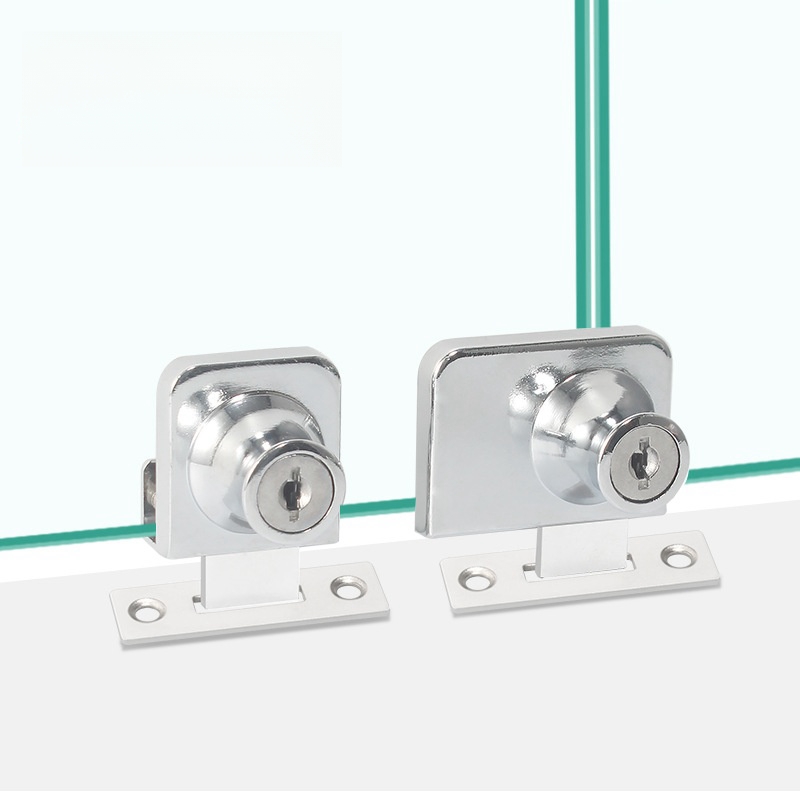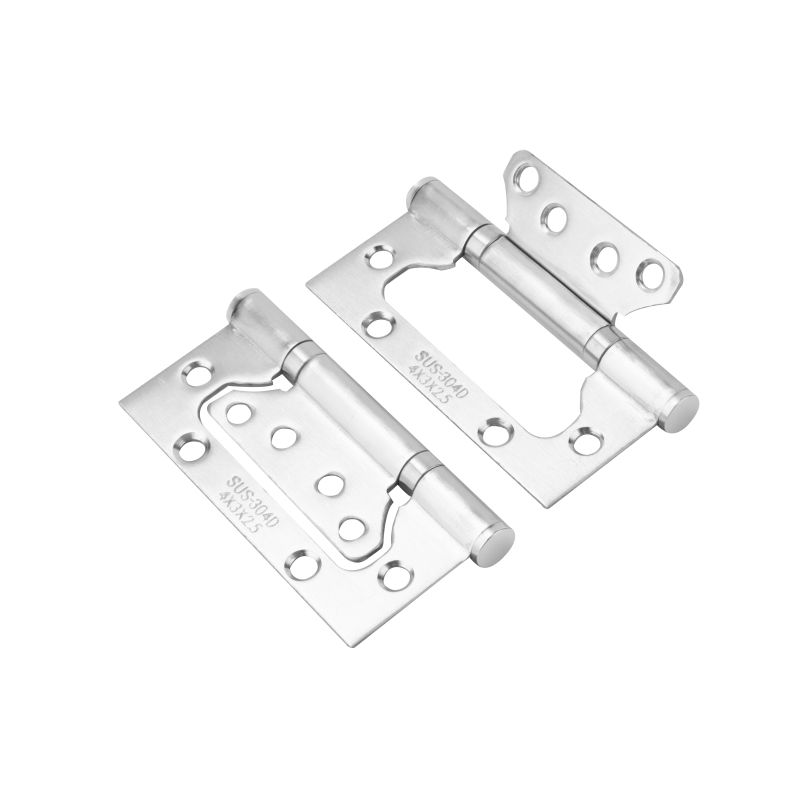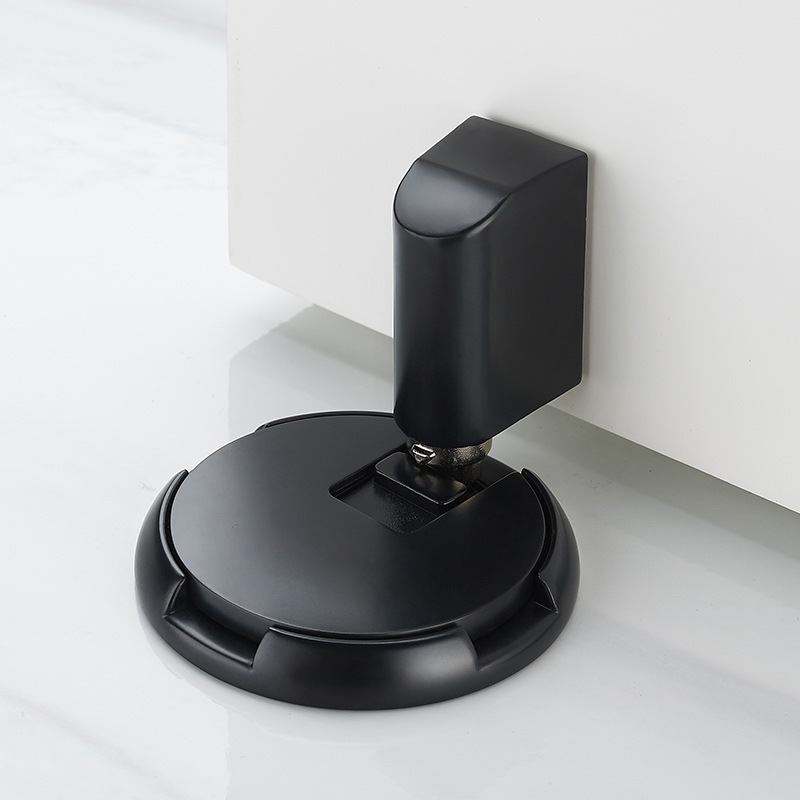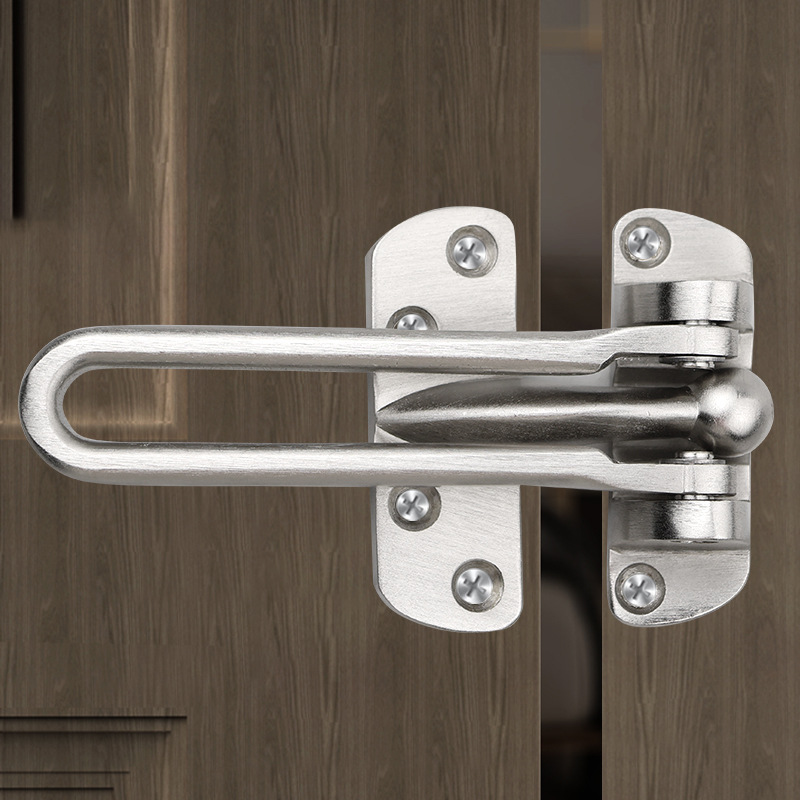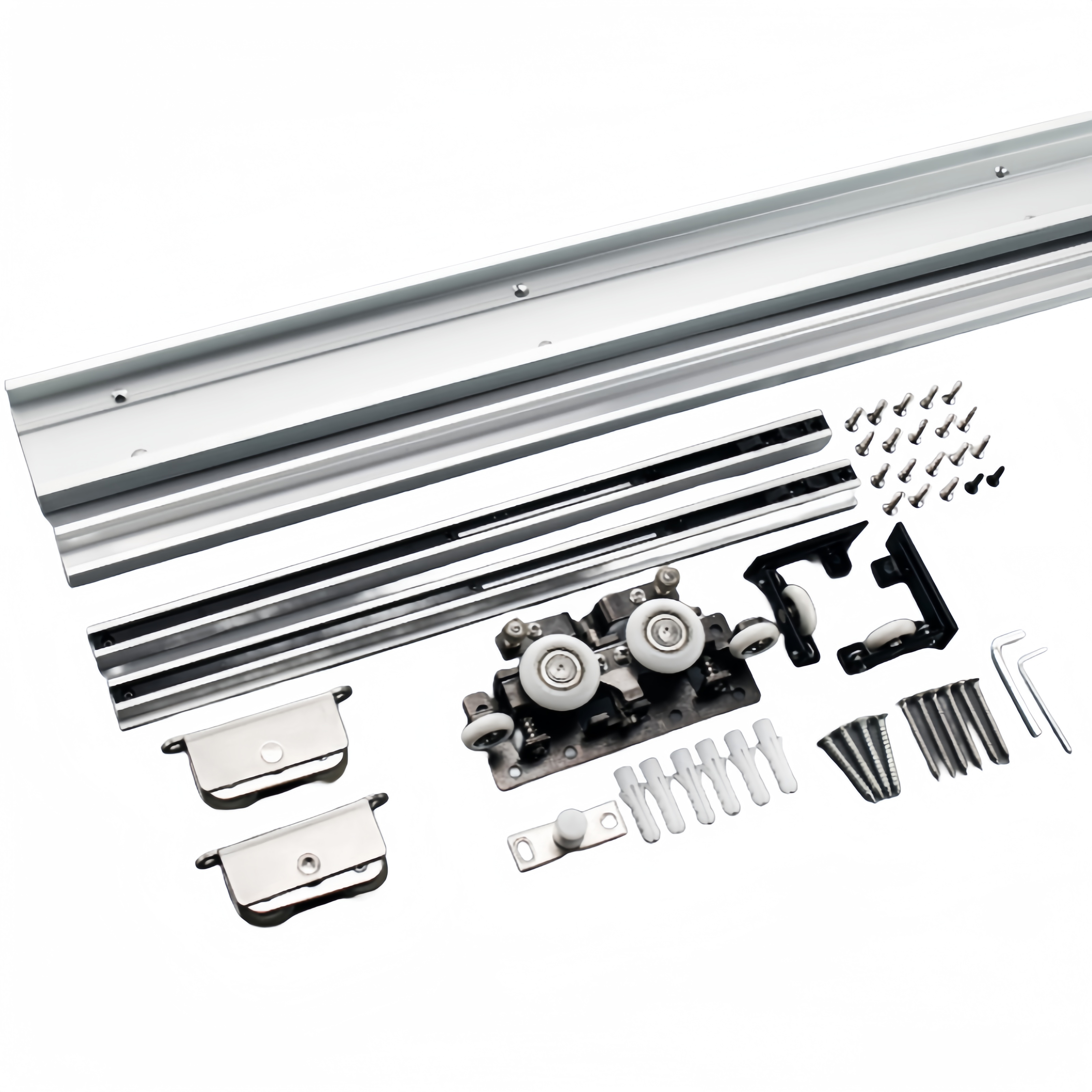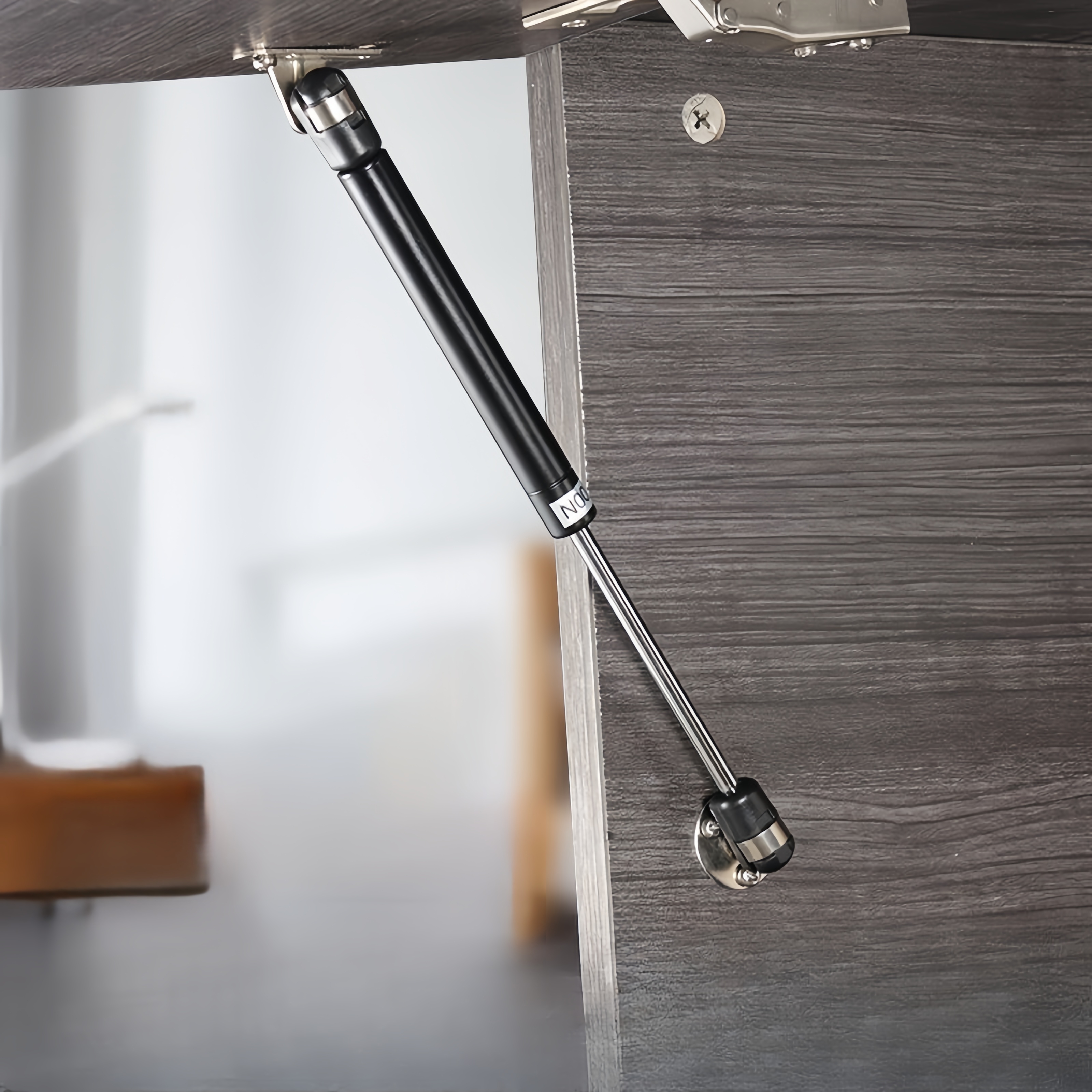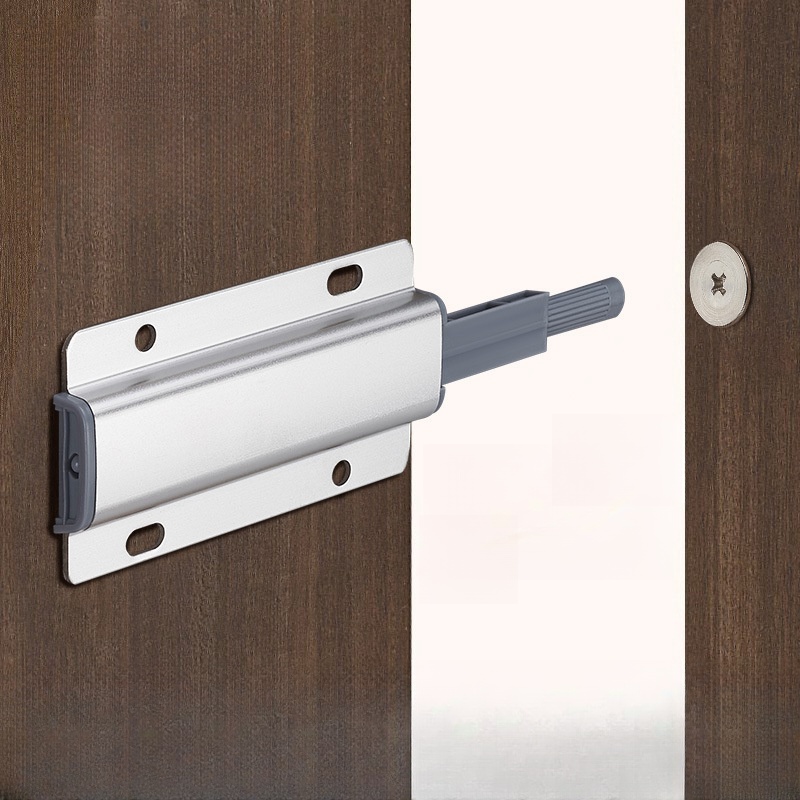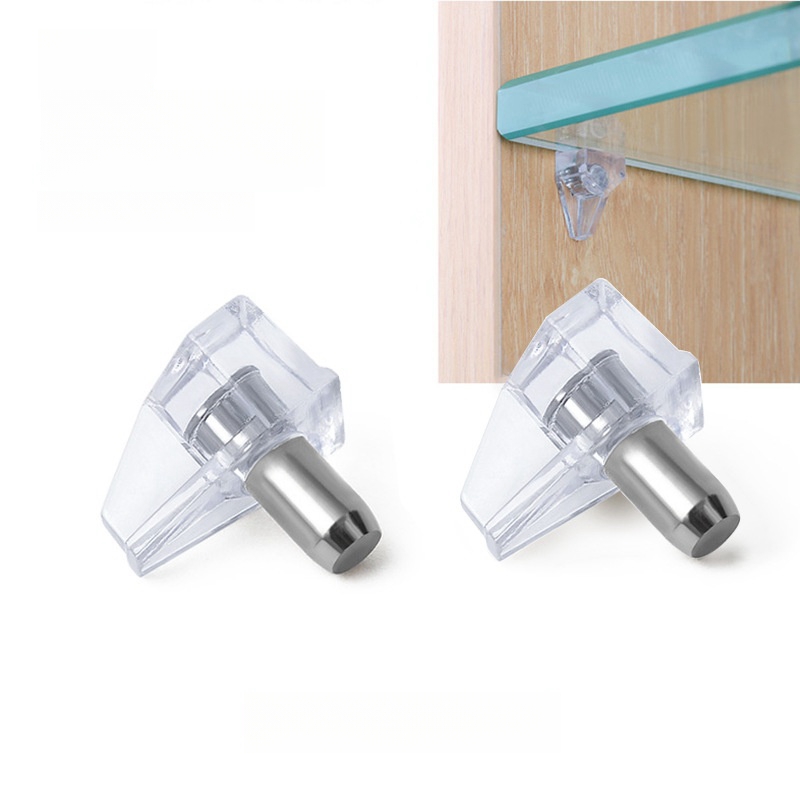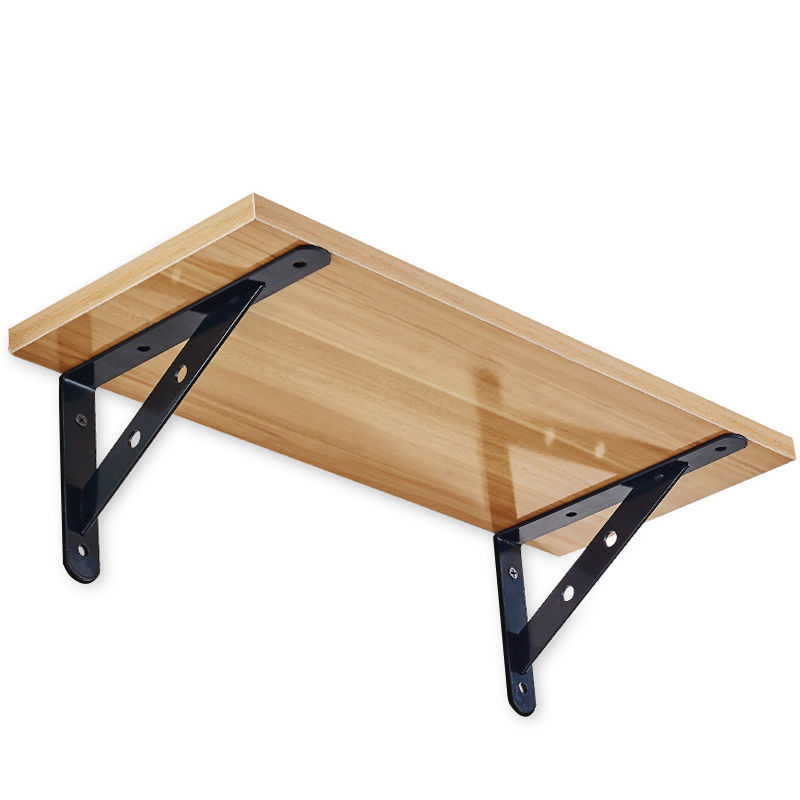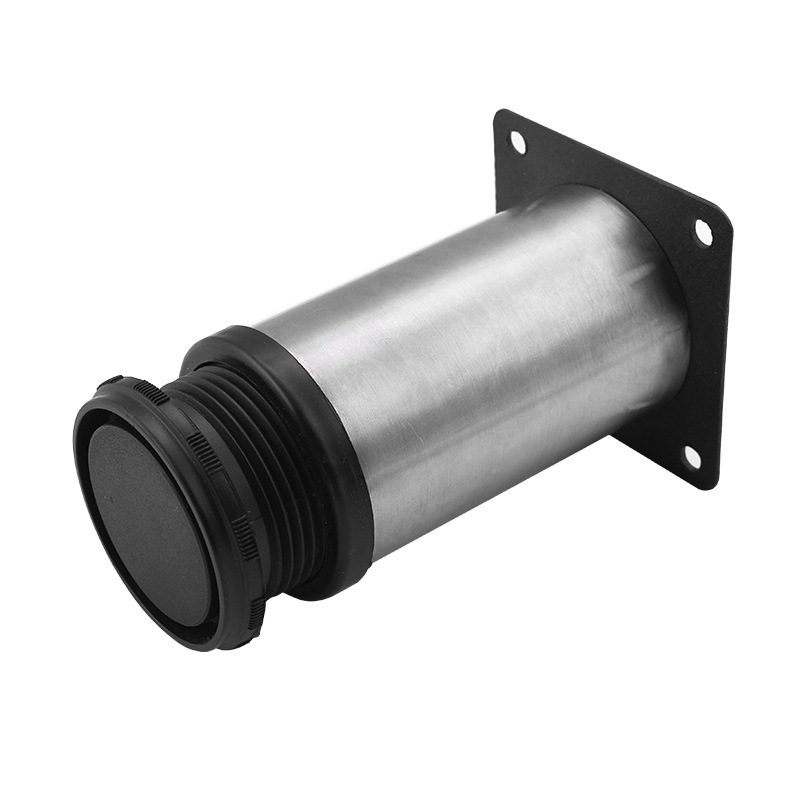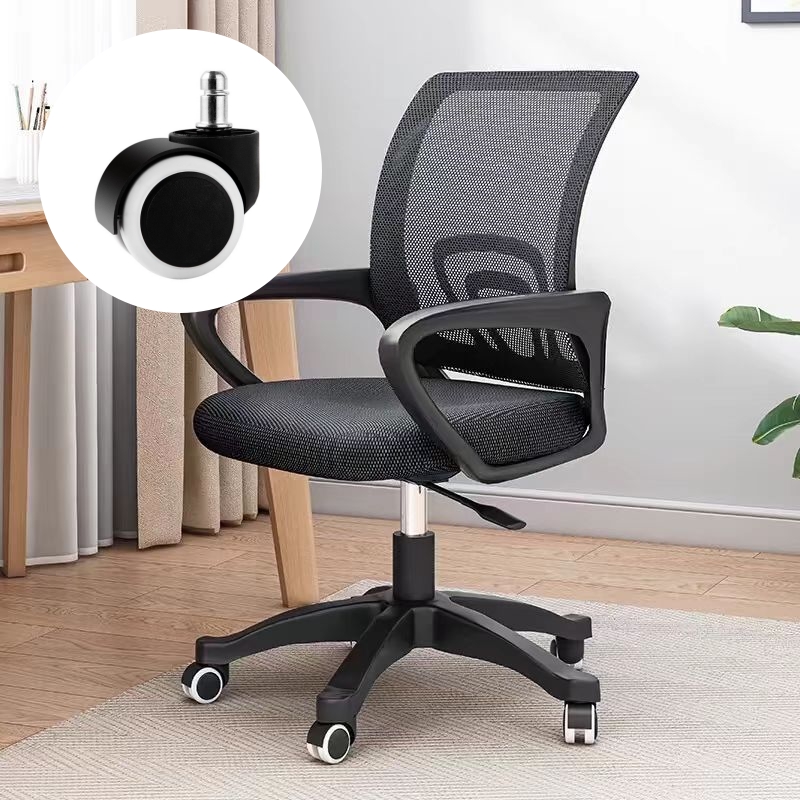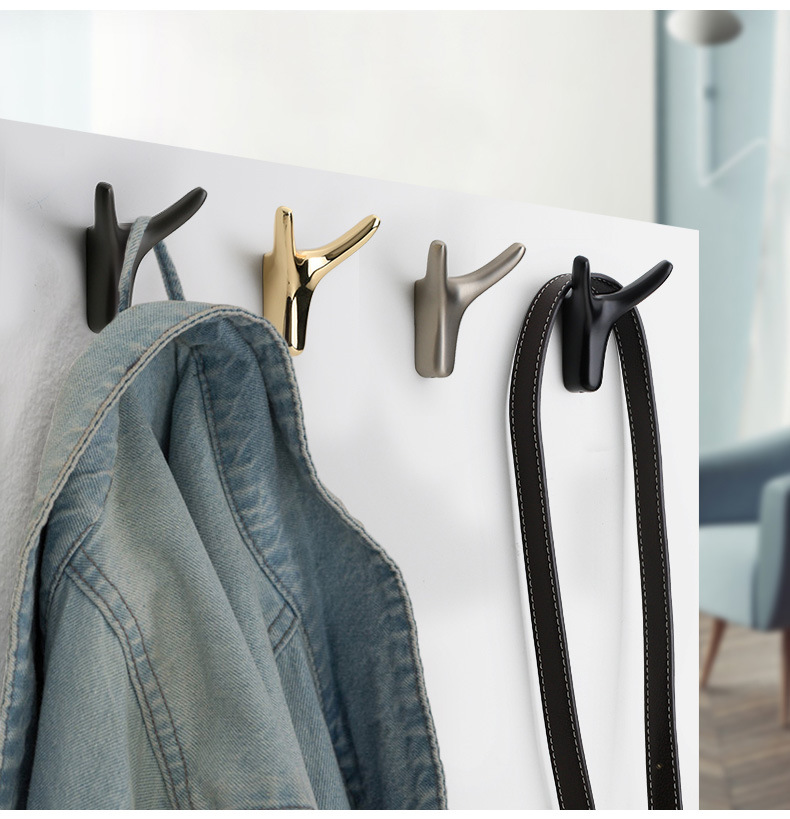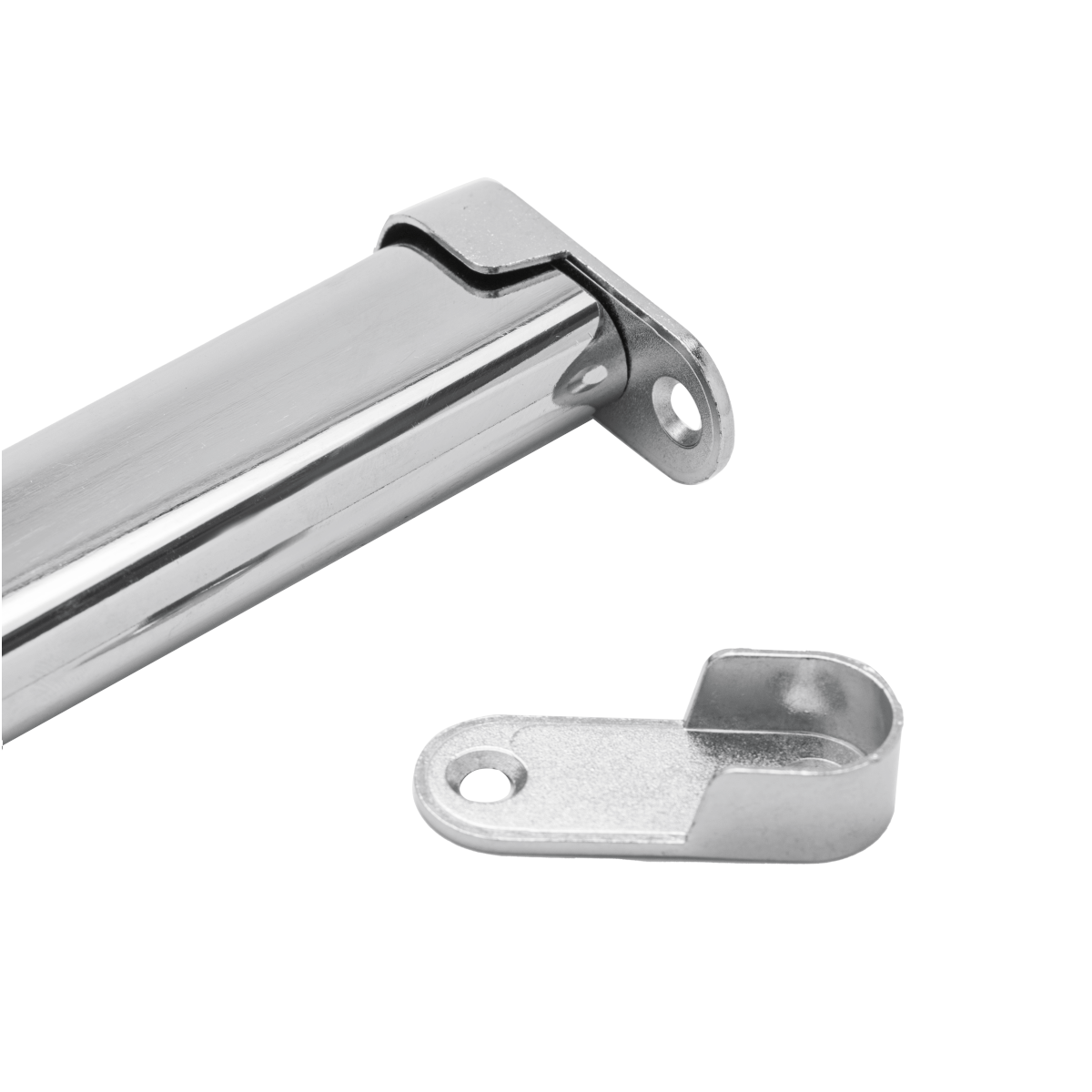
ABOUT
Guangzhou Toplink hardware Co., Ltd specialized in the production and export of furniture hardware fittings, with an experience of more than 14 years.
Our main products are drawer locks, cabinet hinges, sliding rails, cabinet handles, casters, cabinet legs and connecting fittings etc..
With a complete range of products, excellent performance and reasonable prices we have built up business with many customers all over the world.
We are committed to strict quality control and considerate customer service. We sincerely looking forward to becoming your best choice and the most reliable partner!
PRODUCTS
door knob latch bolt
The Mechanics of the Latch Bolt
At its core, a door knob latch bolt is a simple yet ingenious device. It's essentially a retractable bolt, typically made of steel or brass, housed within the door knob mechanism. The bolt itself is a relatively straightforward piece of metal, often cylindrical or slightly tapered, designed to extend and retract into a corresponding strike plate mounted on the door frame. This simple extension and retraction is the fundamental action that secures the door. The mechanism employs a spring, often a coil spring, to provide the force that retracts the bolt when the doorknob is turned in the unlocking direction. This spring's tension determines the firmness of the bolt's retraction.
The act of turning the doorknob engages a cam or lever mechanism, which in turn pushes or pulls the latch bolt. The precise configuration of this mechanism varies depending on the type and quality of the doorknob, but the underlying principle remains consistent. Higher-end mechanisms might incorporate additional features such as anti-jamming mechanisms or improved spring tension for enhanced durability and smoother operation. The design ensures that a minimal amount of force is required to operate the bolt, making it accessible to a wide range of users, including those with limited physical strength or dexterity. This seemingly simple mechanism is a testament to effective engineering, balancing simplicity with reliability.
Types and Variations of Latch Bolts
While the basic principle remains consistent, the specific design and features of latch bolts can vary widely. Different types of doorknobs utilize different latch bolt mechanisms. For example, a standard round doorknob often utilizes a simpler cam-based system, while more complex knobs, such as those with privacy functions or deadbolt integration, incorporate more sophisticated internal components.
Latch bolts also differ in their material composition, with steel being the most common due to its strength and durability. Brass latch bolts offer a more aesthetically pleasing option and often exhibit increased resistance to corrosion. The length of the latch bolt is crucial, and must be carefully selected to match the thickness of the door and the depth of the strike plate. An incorrectly sized bolt can compromise the door's security, leaving it vulnerable to forced entry.
Furthermore, some latch bolts incorporate additional features designed to enhance security. These might include anti-pry mechanisms, which resist attempts to force the bolt out of its housing, or reinforced constructions to withstand greater pressure. The design of the latch bolt is directly impacted by the overall security level desired for the door. A front door latch bolt, for example, would likely be more robust and incorporate more security features compared to a latch bolt on an interior door.
Latch Bolt Installation and Maintenance
Correct installation is crucial for a latch bolt to function effectively and securely. The process typically involves drilling a precise hole in the door to accommodate the latch bolt mechanism and the doorknob itself. Accurate alignment of the latch bolt with the strike plate is critical; an improperly aligned bolt will not engage correctly, rendering the door insecure. The strike plate itself needs to be firmly attached to the door frame using screws appropriate for the material of the frame.
Routine maintenance is minimal but crucial to ensure long-term reliability. Regular lubrication of the latch bolt mechanism using a light lubricant, such as graphite powder, can prevent sticking and ensure smooth operation. Periodically inspecting the bolt for signs of wear and tear, such as bending or damage, is also recommended. Any signs of damage should be addressed promptly to prevent further issues and maintain the door's security. Neglecting maintenance can lead to a malfunctioning latch bolt, potentially compromising the security of the door.
Latch Bolts and Security
While a latch bolt primarily serves as a means of privacy and convenience, its security implications should not be underestimated. Although it’s not typically designed to withstand forceful attacks, a well-installed and functioning latch bolt does provide a significant deterrent to opportunistic intruders. Its resistance to entry depends on factors such as the quality of the latch bolt itself, the strength of the door and frame, and the precision of its installation.
A latch bolt’s primary function is to hold the door closed in a secure state. The spring-loaded action of the bolt keeps it firmly engaged with the strike plate, providing resistance to attempts to open the door. The strength and durability of the bolt determine its resistance to being forced open, pried out, or otherwise compromised. However, it’s crucial to understand that a latch bolt is not a substitute for a deadbolt lock; a deadbolt provides significantly more robust security by incorporating a much stronger locking mechanism. Instead, a latch bolt is best considered as a supplementary security measure in conjunction with a deadbolt.
In conclusion, the humble door knob latch bolt, despite its seemingly simple design, is a remarkably engineered device that plays a critical role in our daily lives. Understanding its mechanics, variations, installation, and security implications reveals a fascinating level of detail and highlights its crucial role in ensuring both privacy and security within our homes. Its understated functionality belies the significant engineering and design considerations that go into its creation, ensuring that this small component continues to silently protect us, day in and day out.
SUBSCRIBE
INQUIRY
